Labster Simulations 1-3
1/80
There's no tags or description
Looks like no tags are added yet.
Name | Mastery | Learn | Test | Matching | Spaced |
|---|
No study sessions yet.
81 Terms
corrosive sign
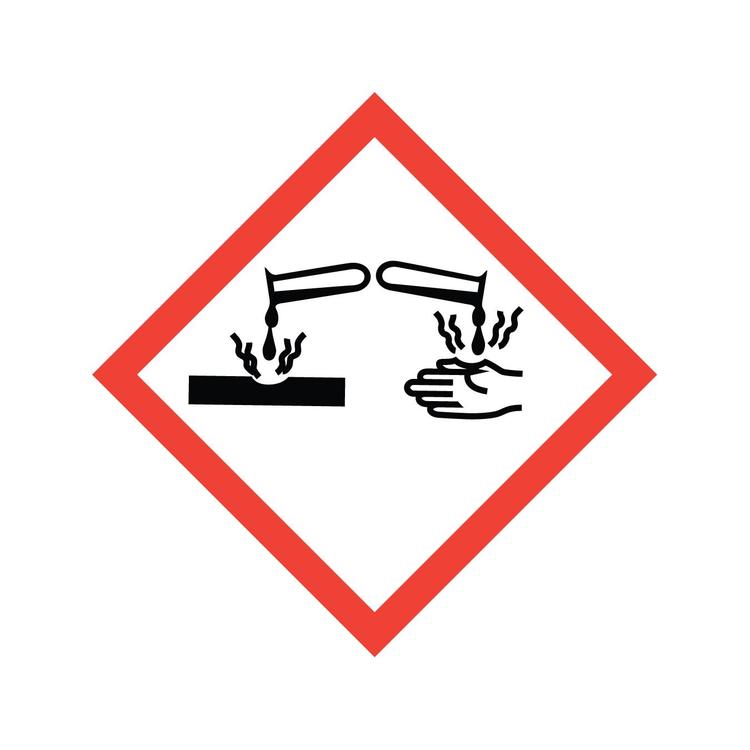
What is the formula to calculate pH?
-log[H3O+]
What happens to a weak acid in water?
Only a fraction of the acid molecules dissociate.
What happens to a strong acid in water?
Strong acids completely dissociate into H+ and A-, and donate all protons.
biohazard sign
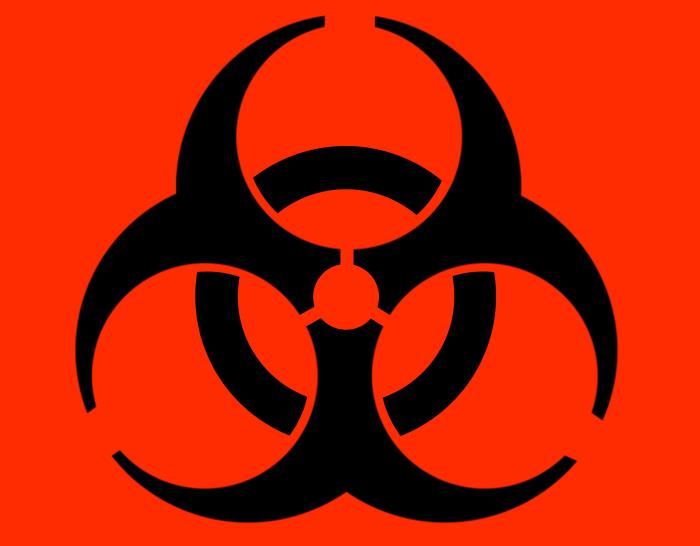
explosive sign
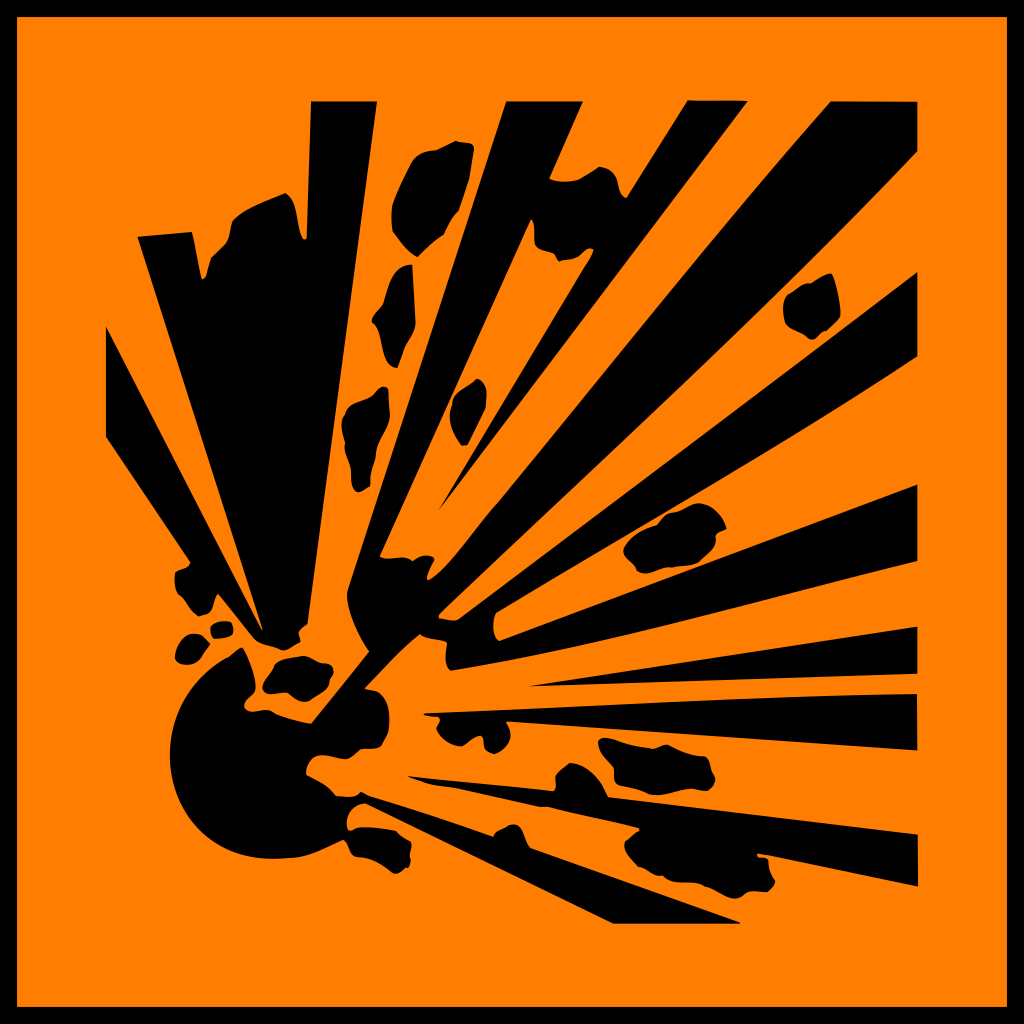
flammable sign
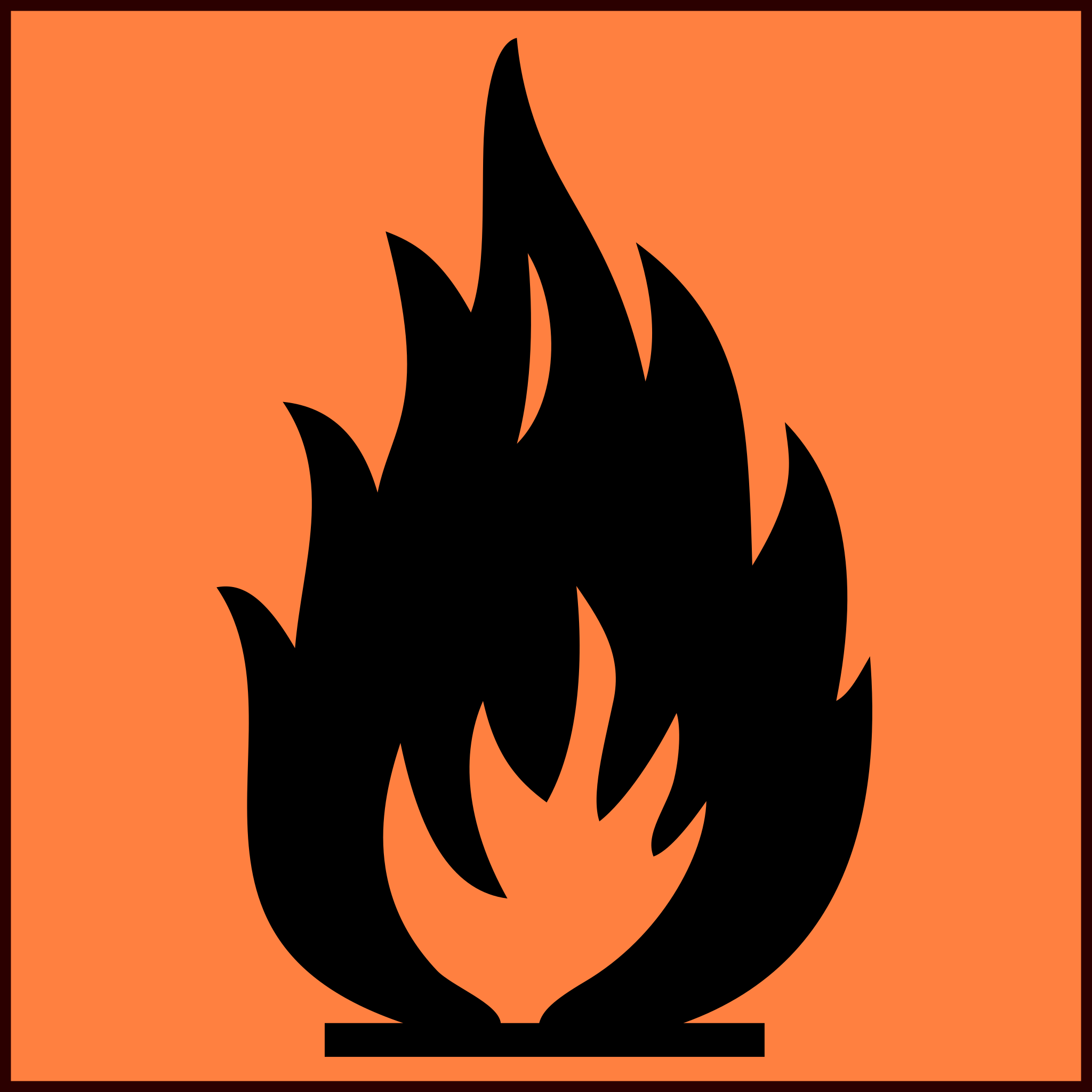
environmental hazard sign
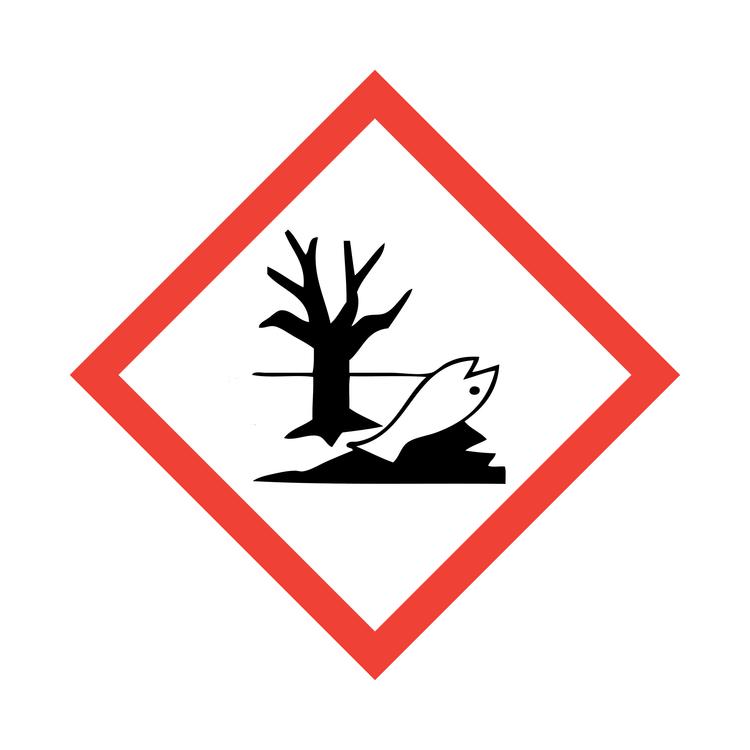
oxidizing sign
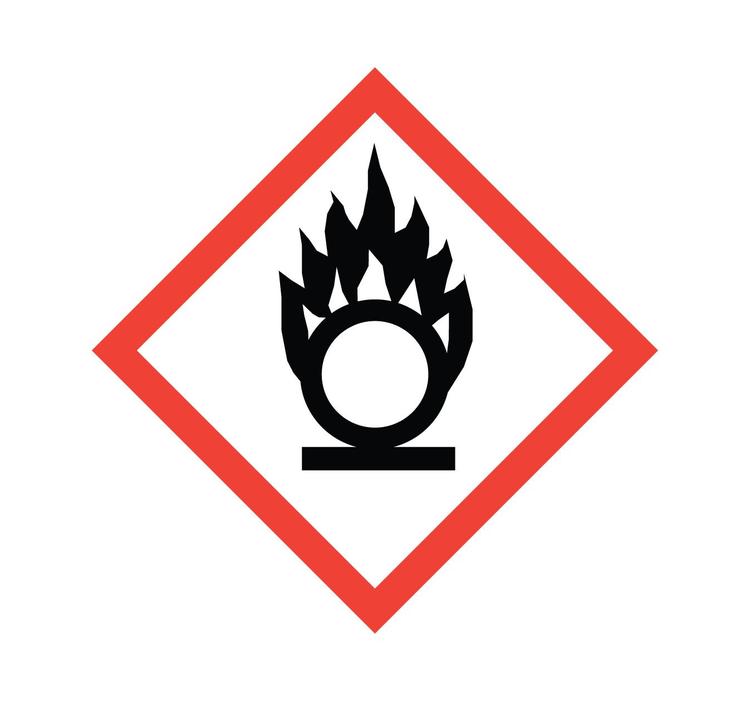
toxic sign
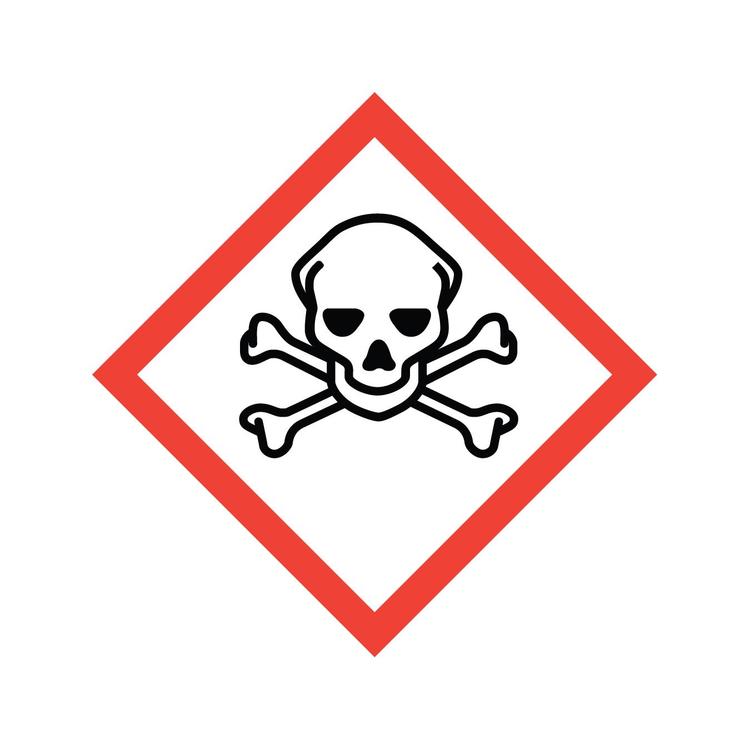
harmful irritant sign

radioactive sign
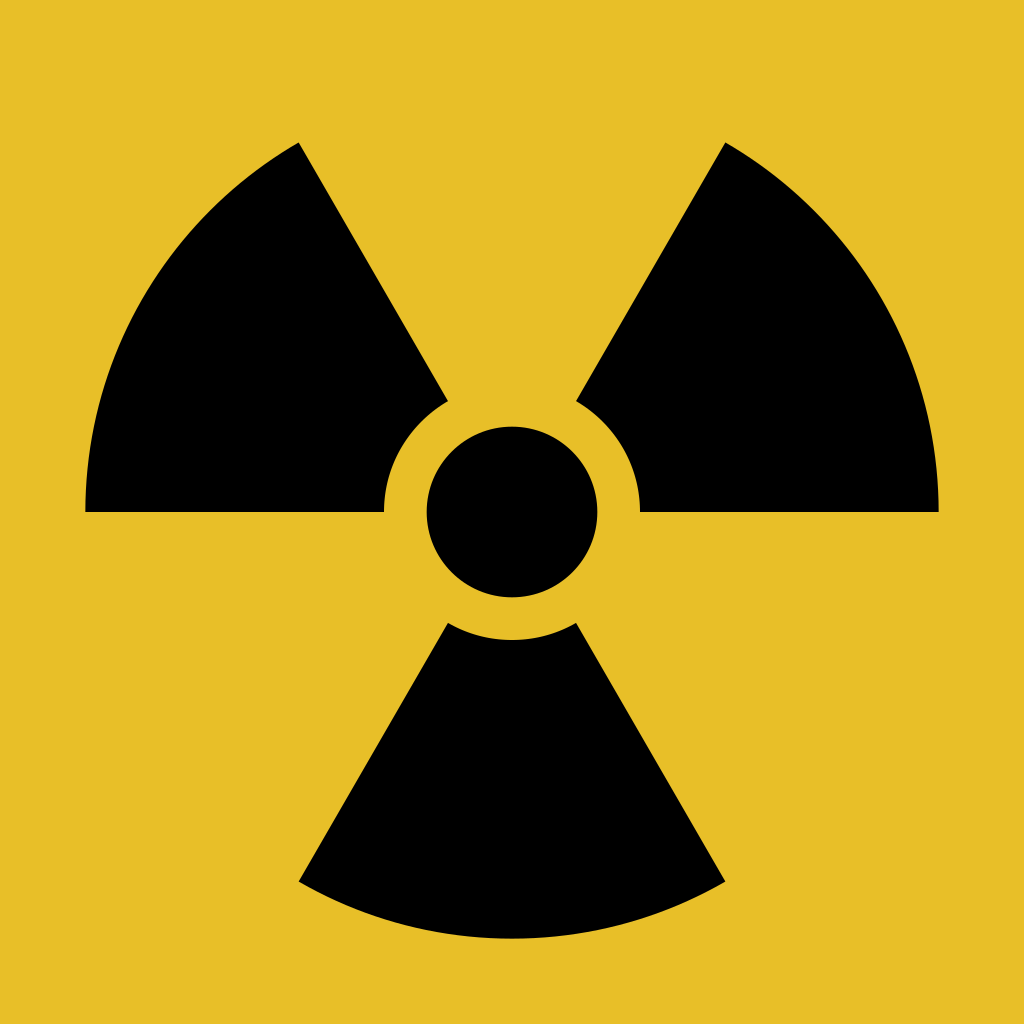
Class 1: Explosives
dynamite, nitroglycerine
Class 2: Gases
Inflammable (acetylene, hydrogen), noninflammable (nitrogen, neon), poisonous (fluorine, hydrogen cyanide)
Class 3: Flammable liquids
diethyl ether, carbon disulfide, gasoline, acetone
Class 4: Flammable solids
nitrocellulose, magnesium, white phosphorous, sodium
Class 5: Oxidizing agents and organic peroxides
Calcium hypochlorite, ammonium nitrate, hydrogen peroxide, cumene hydroperoxide
Class 6: Toxic and infectious substances
Biohazards (human material, virus cultures), potassium cyanide, mercuric chloride, pesticides
Class 7: Radioactive substances
Uranium, plutonium
Class 8: Corrosive substances
Acids (sulfuric acid, hydrochloric acid), bases (potassium hydroxide, sodium hydroxide)
PPE
Gloves, respirator, safety glasses, protective clothing
Base, according to Bronsted-Lowry
A species that accepts a proton in aqueous solution.
Acid, according to Bronsted-Lowry
A species that donates a proton in aqueous solution.
What happens to the protons (H+) donated by an acid?
They combine with the water to form hydronium ions, H3O+.
What happens to the water molecules when they donate a proton to a base?
The water molecules become hydroxide ions, OH-.
What does amphoteric mean?
The substance can either donate or receive protons, such as water.
Diffusion
When particles move from a region of high concentration to low concentration.
How does temperature influence diffusion?
As it increases, diffusion rate increases.
How does particle size influence diffusion?
As it increases, diffusion rate decreases.
How does particle mass influence diffusion?
As it increases, diffusion rate decreases.
Osmosis
A form of diffusion where the water concentrations of two solutions separated by a partially permeable membrane reach equilibrium. Water molecules move from the most concentrated solution to the least concentrated one.
Hypotonic medium
The solute outside the cell is less concentrated than inside the cell. This causes water to rush into the cell, causing swelling and possibly lysis.
Hypertonic medium
The solute outside the cell is more concentrated than inside the cell. This causes water to rush out of the cell, causing crenation.
Isotonic medium
The solutes inside the cell and outside the cell are equally concentrated.
Water potential
The sum of several potentials, most critically pressure potential and solute potential. Quantifies the tendency of water to move from one region to another.
Pressure potential
If pressure increases, water potential increases.
Solute potential
If solute concentration increases, water potential decreases.
Van’t Hoff equation
Calculates the solute potential
Eldon card
Specific test card used for blood typing
When would fluorescent microscopy be used?
When you need to study specific cell structures at high contrast.
Enterocytes
Intestinal absorptive cells, simple columnar epithelial cells.
Three parts of the small intestine
Duodenum, jejunum, ileum
What separates the lumen of the villi from the bloodstream?
A layer of tightly connected epithelial cells.
What does inflammation in the small intestine lead to?
A rearrangement of the cellular architecture, leading to a stumping of the villi, which means a decreased surface area and a lowered ability to take up enough nutrients.
In a light microscope, why do we have to start with the lowest magnification to examine a new slide?
It is easier to focus on the specimen.
Where are the villi in relation to the lumen?
The villi extend into the lumen of the small intestine like the waving tentacles of an anemone.
How much do the villi enlarge the surface area of the small intestine?
By ~50x, allowing for a more efficient nutrient uptake.
What is peristaltic movement?
The wavelike pattern created by the smooth muscles contracting, traveling along the small intestine at the speed of a few centimeters a second. Mixes the contests of the small intestine and gradually speeds it towards the large intestine.
Lamina propria
Connective tissue beneath the intestinal epithelium, a lose web of elastic macromolecules.
Analine blue
Binds to extracellular structures such as fibers in the lamina propria.
What is the connective tissue and extracellular matrix composed of?
Collagen, polysaccharides, proteoglycans.
What type of epithelium is present in the small intestine?
Simple columnar epithelium
What does fuchsin stain?
Stains nuclei bright red, because it binds to nucleic acids such as DNA and RNA.
What is the ratio of lymphocytes to epithelial cells in healthy individuals?
10 to 100
What is the function of goblet cells in the intestine?
Produce mucin, a component of mucus, which is a protective lubricant that covers the epithelial cells.
What is the limiting factor for the resolution of a light microscope?
The wavelength of visible light is too long.
What is the wavelength spectrum of visual light?
400-700 nanometers
What is the best resolution that can be achieved with a light microscope?
~200 nanometers
What are the three different cell types found in the epithelium?
Absorptive enterocytes, brush cells, goblet cells.
What is the difference between villi and microvilli?
Villi are the finger-like tentacles, microvilli are the tiny hairs at the end.
In a fluorescent microscope, what do the filter cubes consist of?
An excitation filter, dichroic mirror, and emission filter.
What is DAPI?
A fluorescent dye that binds to double-stranded DNA.
What is true about DAPI staining?
It stains the cell nuclei, is excited by UV light, and emits blue light.
What is true about the green fluorescent dye attached to phalloidin?
It is excited by blue light and emits green light.
Fimbriae
Short, fine, hair-like appendages, thinner than flagella. Important for attachment to surfaces.
Pilus
Another appendage, larger than fimbriae, act like a grabbing hook, facilitate twitching motility characterized by short intermittent jerky motions.
Chemotaxis
Involuntary, chemical cues that either attract or repel bacteria.
Biofilm
Cluster of bacteria (or other microorganisms) that create a coordinated swirling movement pattern together, can provide additional characteristics that bacteria can’t obtain independently.
Five components shared by all living cells:
Cytoplasm, cytoskeleton, DNA, plasma membrane, ribosomes.
Plasmids
Extra-chromosomal DNA, found in prokaryotes but not eukaryotes.
Nucleoid
Free-floating DNA found in the cytoplasm of prokaryotes.
70S ribosomes
Found in prokaryotic cells, 30S subunit and 50S subsunit.
Which setting is best to view the moving bacteria and bacterial shapes?
Darkfield mode.
What is the main function of the cell wall?
To provide structure and protect the bacteria from osmotic pressure.
What is the function of the plasma membrane?
It controls which substances enter and exit the cell.
E. coli
Gram-negative, has fertilization plasmid (F plasmid), flagella, capsule made of polysaccharides, fimbriae,
How does the ribosome ensure that the vibrio can survive in the extreme environment?
The cell would not exist without them as the ribosomes translate the genetic code into protein.
How is the nucleoid involved in helping the vibrio bacteria survive the harsh environment?
The nucleoid encodes essential genes and for some bacteria these are genes essential for surviving extreme cold.
How do inclusion bodies assist the bacteria in survival?
They hold nutrients necessary for the bacteria to survive.
What is the plasmids’ role in survival in extreme conditions?
They can encode for proteins that provide additional benefits for the bacteria to survive the local environment.
How does the Gram-negative cell wall protect the Vibrio in Antarctica?
It withstands osmotic pressure from the aquatic environment in Antarctica.